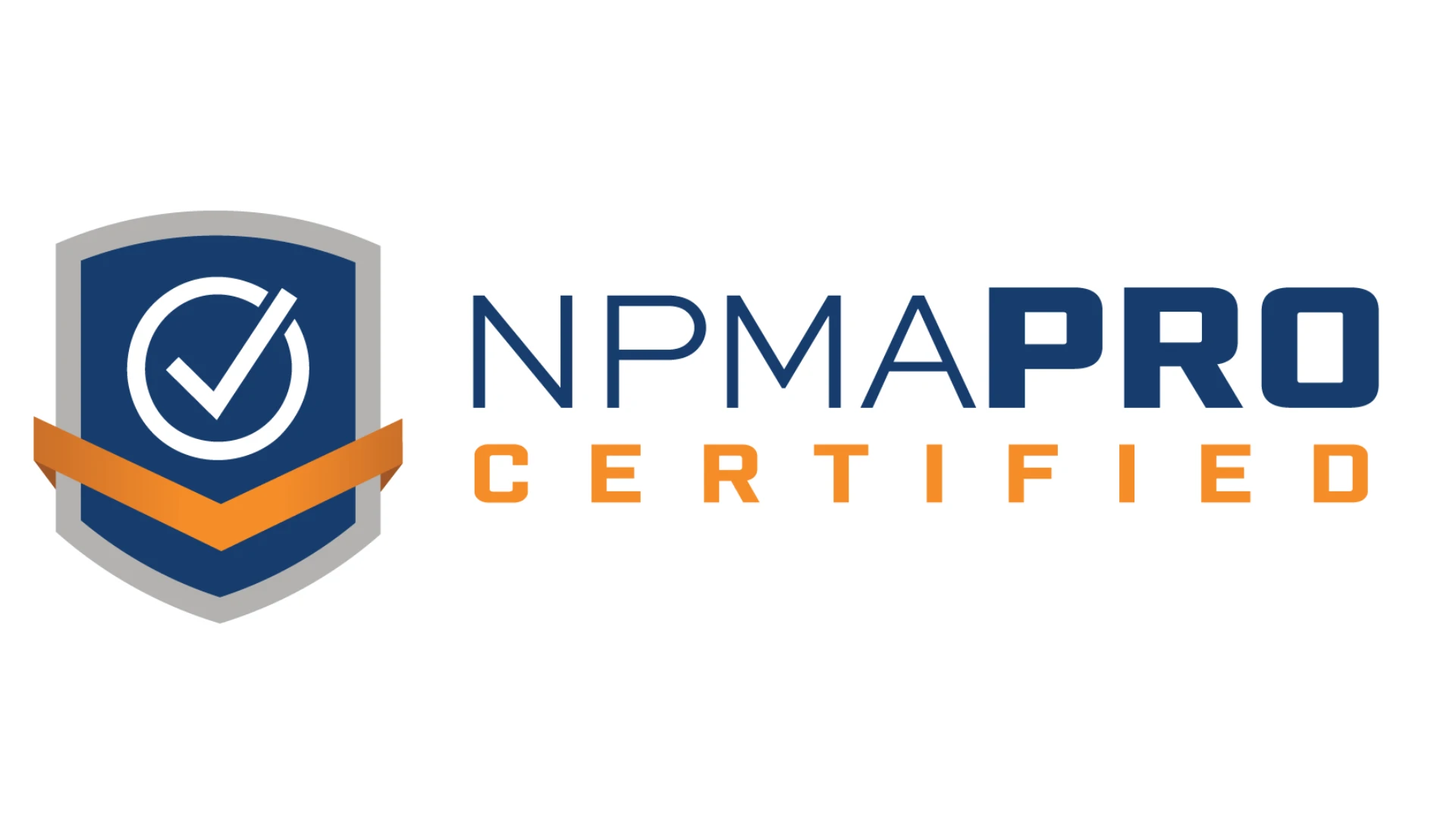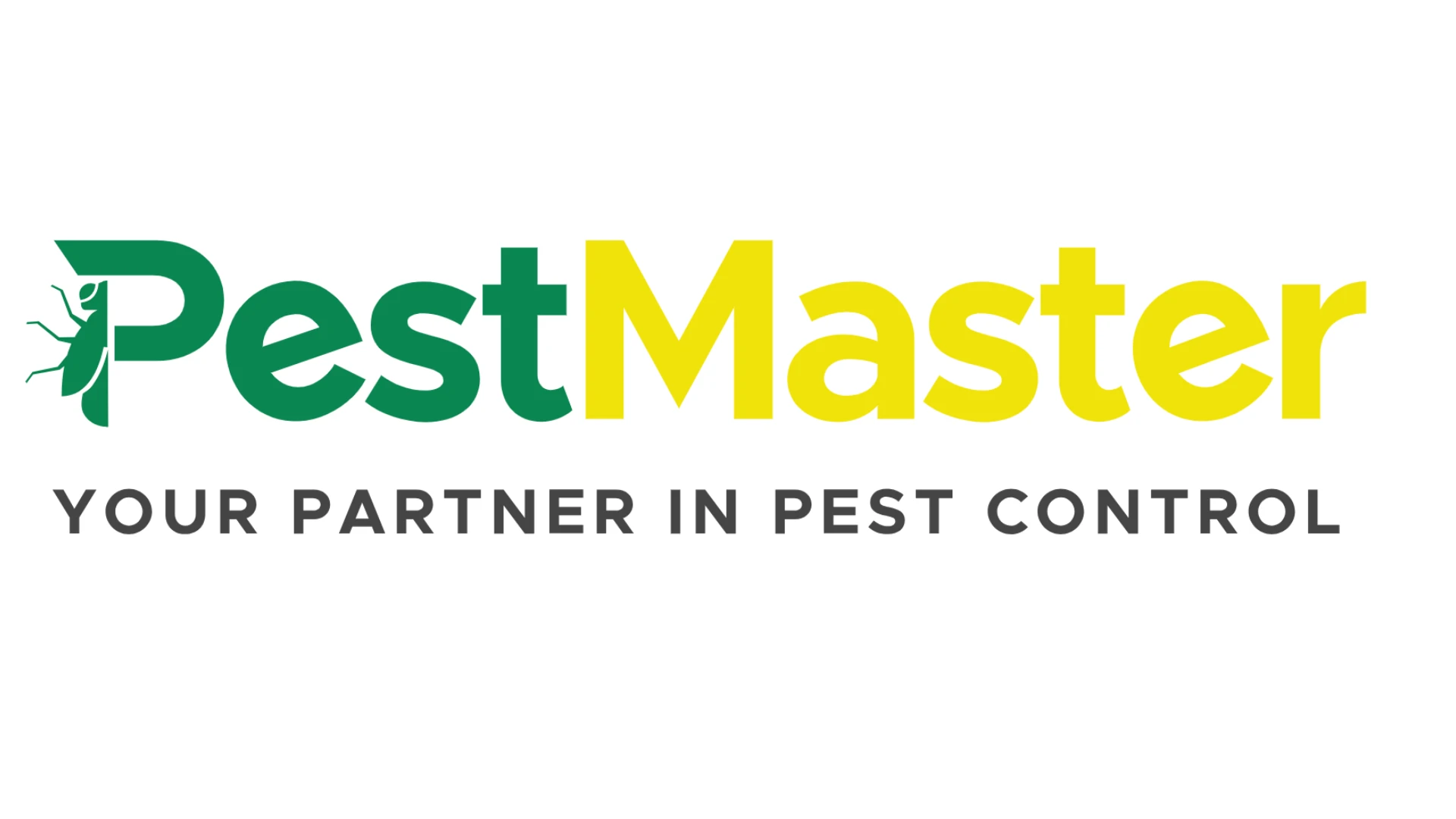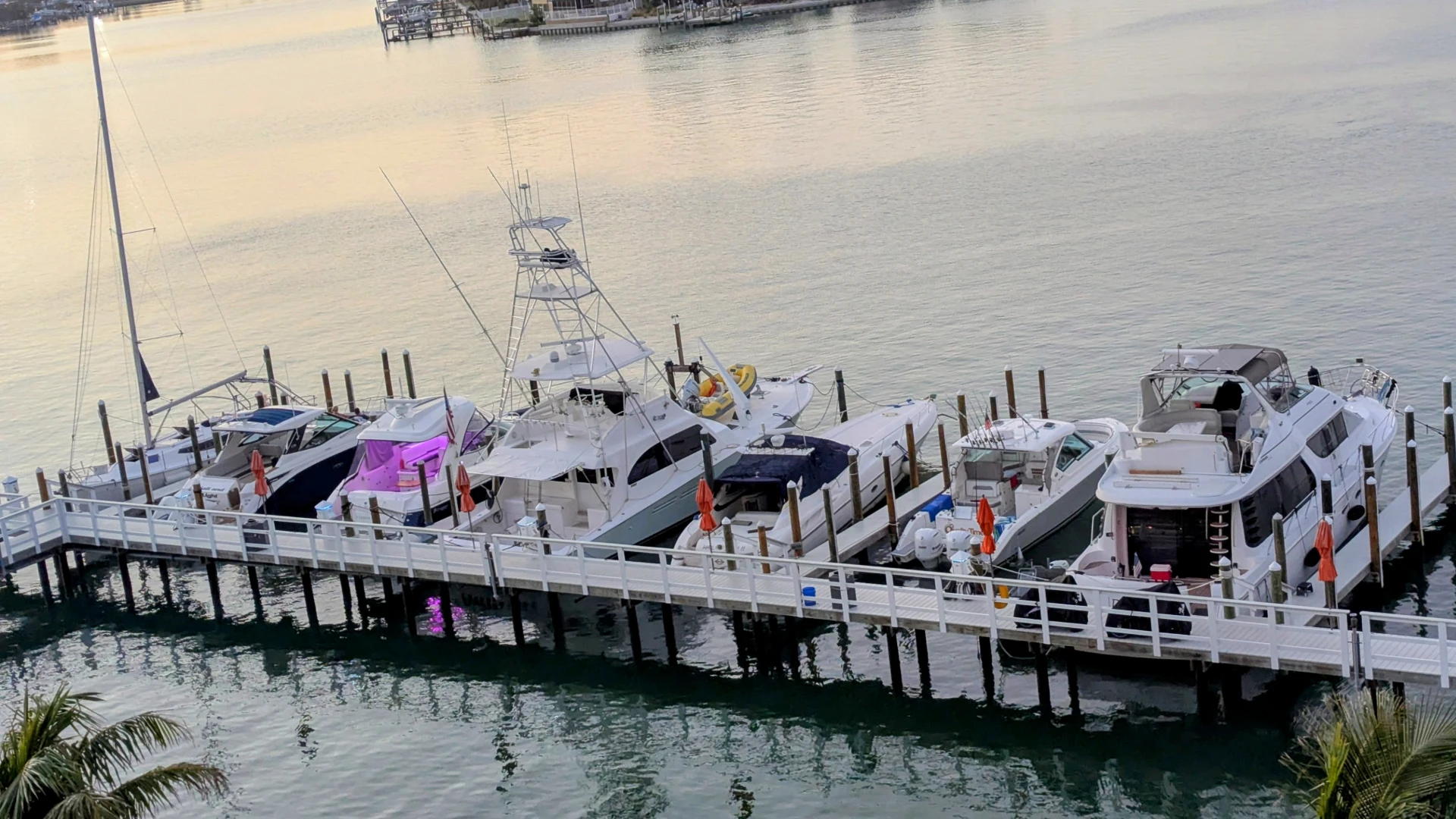This article is part II of a two-part article about bait station architecture. In part I, which appeared in the February issue of PCT magazine, the effect of bait station architecture on rodent and insect foraging was discussed. Here we discuss some general tips and considerations regarding the routine servicing of exterior bait stations as well as how a station’s architecture can affect and influence the tools and methods needed for servicing and maintenance.
The work associated with servicing and maintaining bait stations requires a combination of science, experience, skill and innovation. Several factors are involved and include: 1) service buckets and bucket organizers; 2) tools and equipment; 3) anchoring methods; 4) lid closure/securement options; and 5) personal protective equipment. A consideration for minimizing repetitive stress during service work is also important.
EQUIPMENT AND TOOLS. Most pest professionals carry two buckets when servicing exterior bait stations. One bucket serves as the supplies and tools bucket; the other serves as a waste bucket. Service and waste buckets can be painted white and red respectively to allow for easy identification and thus reduce mistakes.
Most professionals use heavy-duty, 5-gallon plastic buckets for bait station work. These buckets are readily available from farm stores, hardware stores and most retail establishments. Bucket organizers can be used to store tools and supplies. Bucket organizers are made out of canvas or Cordura® and contain multiple pockets. They are designed to fit over the rim of a bucket (see figure 1 on page 84). Most importantly, the organizer keeps tools and supplies within arm’s reach. Bucket tool organizers are available in different shapes, sizes and colors from hardware stores.
The rodenticide bait used for replacing old bait can be stored in the bottom of the service bucket. Taking only the needed amount of rodenticide is important because it is tiresome to lug around large quantities of unneeded bait.
The waste buckets are carried along with the service bucket to hold the changed out baits, dead rodents/insects, rodent fecal pellets and debris found in or around the bait stations. Waste buckets should be sturdy and large enough to hold all the collected debris and waste. To facilitate the disposal of waste materials, trash bags (13-gallon, 0.9 mil thickness) should be placed in the waste bucket prior to service. The trash buckets should be labeled "WASTE ONLY."
It is best to not dispose of old rodenticide bait on the customer’s property. Dispose of normal amounts of spent baits according to label directions, but in an off-site location. For large amounts of bait, consult the label or manufacturer.
TOOLS. Certain tools are necessary for servicing exterior bait stations. This list is representative of those used by pest professionals who service many bait stations on a regular basis, but there may be other tools in addition to those listed here:
1. Station keys (Allen wrenches, keys, etc.)
2. Metal putty knife (1.0-2.0 inch)
3. Soft bristled paint brush (2.0 inch)
4. Round stiff bristle brush (e.g., mechanic’s brush or solvent brush)
5. Rag (not to be used for any other activity e.g. soaking up small spills)
6. Black or white paint marker for numbering stations
7. Extra date cards, scan stickers, lid screws (if needed) and service trays
8. Caulk gun and one tube of construction adhesive
9. Leatherman® or similar all-utility tool
10. Metal clipboard with holding compartment to protect papers, etc.
11. Note taking paper or log sheets to record activity
SERVICING PROCEDURES. The procedures and order in which exterior bait stations are serviced can make a big difference in efficiency, productivity, and personal safety. The typical steps include opening, data recording, cleaning, bait change-outs, closing and securing the station.
DATA RECORDING. Once a station is opened, any service cards should be checked (or punched) immediately and placed in the clipboard or at another safe location to prevent them from being misplaced (see figure 2 on next page). Write down all pest activity found within the station prior to cleaning as it is easy to forget the details once the station is cleaned.
A number of companies around have now replaced dating cards with bar code technology (e.g., Marathon Data Systems, Rapid-Trax, U-Trap-It). Using bar code technology for bait station record keeping can provide some advantages, such as decreased paperwork and more accurate, detailed records. More importantly, trend analysis for the rodent activity on the facility is easily generated.
CLEANING AND BAIT CHANGE OUTS. Once rodent activity has been recorded, old baits should be removed from the station and placed in the waste bucket. In general, baits should be exchanged every four to six weeks, or sooner if conditions warrant.
Any rodent fecal pellets (i.e., droppings) must be removed. Care must be taken to ensure every fecal pellet goes into the trash bucket. A majority of the fecal pellets will be in the plastic service trays but some will likely be in the aisles and entryways of the stations.
Occasionally, fecal pellets collect beneath the plastic service trays or in the bait station aisles and entryways. If the station is secured to a patio stone for anchoring, this can be difficult. For these types of stations, the pellets can be swept into a pile in one corner of the station and the scraper is then used to pick them up and empty them into the waste bucket.
It is not acceptable to simply sweep the feces out of the station and onto the ground when servicing bait stations at sensitive accounts, such as food-processing plants and pharmaceutical facilities. If necessary, tweezers can also be used to remove droppings from any hard-to-reach areas. Although collecting fecal pellets in this manner can be tedious and time consuming, it may be necessary for sensitive accounts. Thus, it is an important consideration when pricing exterior rodent control programs.
Once the internal components of the station are clean and the fecal pellets are removed, a stiff bristle brush can be used to remove dirt, debris and foreign material from within the station.
If insects such as crickets, ants or large cockroaches are present within or around the bait station, insect baits can be applied in or beneath the plastic service tray(s). Granular baits can also be applied around the station if the label permits. A second option is to treat the station itself and the area beneath and around it with a wettable powder or microencapsulated residual insecticide. The station should be dry of any insecticidal residues prior to installing the rodenticidal baits.
Slugs are also common pests of exterior bait stations. Slug baits can be placed along the base of bait stations as well as in cavities formed where the station contacts the ground and/or patio block.
When all cleaning procedures have been completed, the internal components of the bait station can be replaced. If necessary, fresh baits can be installed and the lid closed. The top of the station should be wiped down with the soft-bristled brush and a rag (be careful not to use rags containing any type of chemical odors from pesticides, etc.) before proceeding to the next station.
ANCHORING BAIT STATIONS. For the majority of exterior baiting programs, bait stations are secured to the ground, to fences or occasionally to walls. The three most commonly used securement tools and techniques are: patio stones, anchor rods and duck bill anchors. For stations to be positioned along the exterior walls of buildings, it is common for bait stations to be cemented to patio blocks (12- by 12- by 1½-inch). Doing this does not decrease the chances of rodents interacting with the station.
Securing the station to the cement block is easily done with construction adhesive. But the technique employed with adhesive is critical to ensure long-term adhesion. Liquid Nail® Original Formula (ICI) construction adhesive works well and can be purchased in most retail and hardware stores. For best adhesion, beads should be applied in ¼- to ½-inch zigzag beads of Liquid Nail to the bottom portion of the bait station that contacts the patio block and firmly press it onto the block. It is important to not place big circular dollops of adhesive to the station base as this application usually provides short-term adhesion. Curing time and procedures are listed on the label of adhesives and should be closely followed.
The patio block method is not appropriate for every situation. For instance, bait stations placed along fence lines and building perimeters surrounded by rip rap or large stones are better secured using duck bill anchoring devices or flanged metal rods. Techniques and devices depend on the situation.
Along fence rows without rip rap, the stations can be secured directly to the fence with heavy-duty wire, u-bolts or with heavy-duty plastic "zip ties" (or patio stones can also be used).
LID OPENING/CLOSURE. Most of the various bait station models available today vary in the means by which their lids open, close and lock. At first glance this may seem subtle, but this one operation is important relative to service efficiency as well as minimizing repetitive stress to the servicing professional.
Some bait stations utilize screws while others use keys in various designs. Some stations contain one keyhole, others two. Some require one push motion; others, a push and wedge motion. In general, stations designed with lid latches that open with a push key (e.g., Syngenta Multiplex, Bell’s Protecta LP) reduce hand motions as compared to stations with screws and tabs (see figure 3 on next page). If you are the one having to service hundreds of exterior bait stations every week in all types of weather, any one aspect that makes the job easier and reduces repetitive hand and wrist stress is certainly most welcome. (For more information, see Corrigan’s Vertebrate Pests column in the January 2004 issue of PCT.)
Nevertheless, several high-quality bait stations do use screws for securing the lids. Some professionals use electric screwdrivers to help facilitate quick servicing. Be aware however, that screws can strip using these screwdrivers and care always should be taken to avoid over-tightening. Using a magnetic head for the screwdriver is also especially useful. Otherwise, it is common for the small screws to roll away, or for the professional to keep overlooking a black screw on black top, etc. Teaching oneself to routinely place the screw in the same spot every single time helps to reduce the misplacing of lid screws.
When plastic zip ties are used to secure lids, they must be cut with a knife each time to open the station. Using a knife on a regular basis, perhaps hundreds of times each month, increases the chance of eventually causing a cut finger or hand. When razor knives are used, some cuts can be quite serious.
Sometimes, on-the-job technicians will use screwdrivers and leverage the ties to break them open instead of cutting them. Then, they will re-use the now weakened plastic ties. This practice is wrong for two reasons: 1) the station is less tamper resistant and 2) it stresses or even breaks the lip of the station. Finally, some third-party inspection agencies (e.g., AIB and others) do not allow plastic ties to be used at plants that adhere to their inspection guidelines.
BODY POSTURE AND PPE. When bending down to service exterior bait stations, the legs should be positioned in an L-shape perpendicular to the ground and the back should be held straight and not slumped. This posture helps to properly distribute the weight load and stress on the body and reduces the chances of chronic knee, joint or back pain — especially later in life. To help keep the back straight, back braces used by warehouse personnel are perhaps a wise tool for bait station pest professionals.
Additionally, professionals should always wear head protection (bump cap or hard hat) and kneepads when servicing exterior bait stations to reduce head and leg injuries. For some rodenticides, latex gloves should be worn according to label directions when handling baits. But even if labels do not require this practice, wearing disposable gloves helps minimize exposure to the filth associated with bait stations.
Generally, HEPA-filter respirators (i.e., N100 or NP100 cartridges) do not have to be worn during normal exterior bait station servicing. However, if deer mice are abundant in the area, HEPA-level respirators should be worn for cleaning those stations installed in any enclosed areas according to Centers for Disease Control and Prevention recommendations.
SUMMARY. Servicing exterior rodent bait stations will never be the most exciting aspect of a pest professional’s daily routine. However, proper documentation and maintenance are important for the success of any rodent control program. If pest management professionals are properly equipped, organized and employ the right techniques, bait station maintenance is a whole lot easier, more comfortable and safer.
Dan Collins and Bobby Corrigan work for RMC Pest Management Consulting, Richmond, Ind. Corrigan can be reached via e-mail at rcorrigan@pctonline.com.

Explore the March 2004 Issue
Check out more from this issue and find your next story to read.
Latest from Pest Control Technology
- Scorpion Launches Capacity Marketing Engine
- Petti Pest Control Owners Reflect on Finding Success as a Father-Son Duo
- Effective Mitigation of Crow Infestations
- Mosquito Control: Spraying vs. IPM
- Terminix Service's Leaders Inducted into South Carolina Business Hall of Fame
- Christner on Colorado's Preemption Roll Back on Business Growth
- How to Get Rid of Odorous House Ants
- Massey Services Promotes Herndon to Director of Sales for Multi-Family Division







